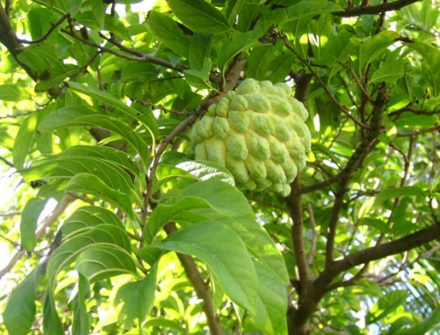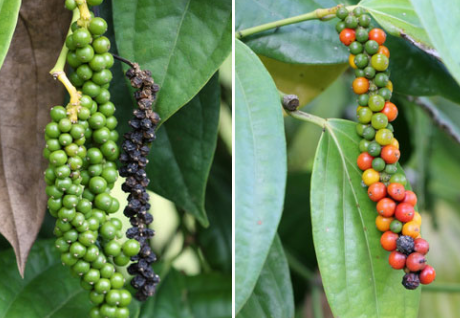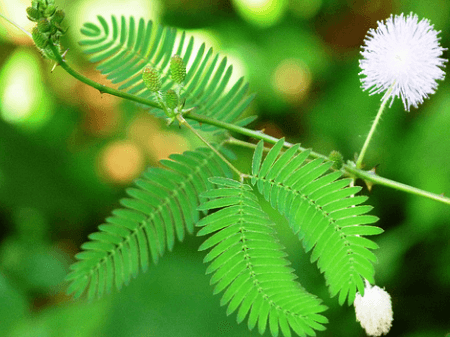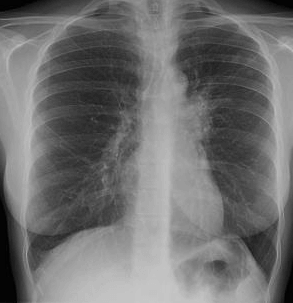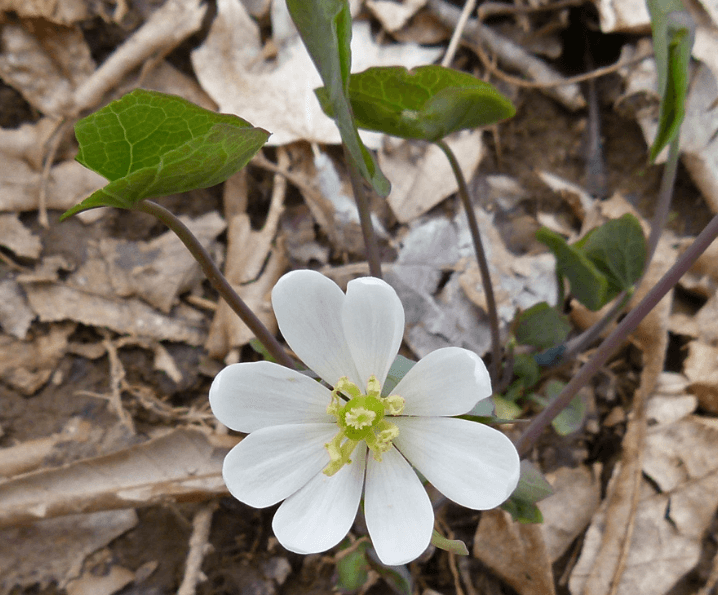Satavari, शतावरी Medicinal Benefits
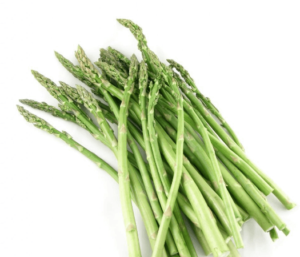
Botanical Name-Asparagus racemosus
Common Name-Satavar
Family-Liliaceae (Rason Kul)
Habit-An armed, climbing undershrub with woody terete stems.
Properties
Property-Heavyness, oilyness
Taste-Sweety bitter
Potency-Cooling
Metabolic Property-Sweet Specific
Property
- Vata-Pitta-samak
- Anti-diarrhoel
- Rejuvinator
- Intellect promoting
- Appetiser
- Ophthalmic
Part Used-Tuberous root
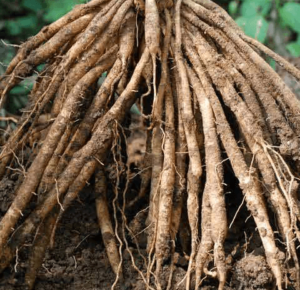
Description-Asparagus racemosus (Satavar, Satavari, or Shatamull) is a creeper, 1 to 2 meters tall, that is common throughout India and the Himalayas. It prefers to take root in gravelly, rocky soils, high up in piedmont plains (1,300-1,400 meters K elev.).
Satavar has odd little pine-needle-like leaves that are uniform, and shiny green. In July it has minute, white flowers on short, spiky stems, and in September it fruits blackish-purple, globular berries
It has an adventitious root system with tuberous roots that measure about 1 meter in length, tapering at both ends, and may, for each plant number roughly a hundred.
The roots are used in Ayurvedic medicine, following a regimen of processing and drying, with the name of Satavari. It is used as an anodyne, aphrodisiac and galactogogue.
The herb has been highly valued and prescribed to stimulate and strengthen kidney function. Satavari is traditionally used to support the female organs, prevent sexual debility, and help menopausal conditions, stomach ulcers, inflamation and chronic fevers. It is also a primary rejuvenative for pitta. It supports healthy and normal blood flow through the reproductive system. It supports normal hormone utilization and hormone blood levels. Satavari’s antioxidant properties help maintain cell integrity.
Satavari is rich in active constituents such as galactose, arabinose, steroidal glycosides and saponins. Asparagus is low in calories, contains no fat or cholesterol, and is very low in sodium. It is a good source of folic acid, potassium, dietary fiber, and rutin.
Dosage— Juice -10-20 ml
Powder -3-5 gm
Uses
- As Rasayana-Those who take ghee cooked with paste and decoction of satavar and added with sugar donot fall prey to disease.
- In Intrinsic hemorrhage-Milk processed with satavari checks haemorrhage.
- In Disurea-Powder of satavari should be taken with cold water:
- As Galactagogue – Satavari powder taken with milk is increases the flow of barest milk.
- In Night-blindness-Tender leaves of Satavari cooked in ghee should be taken.
- In Diarrhea with blood-Paste of Satavari should be taken with milk keeping on milk diet.

